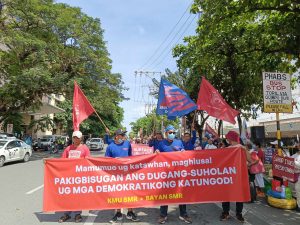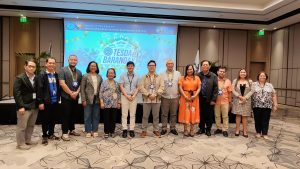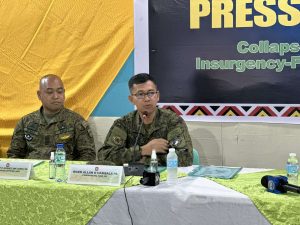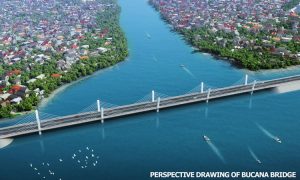The City Council yesterday approved a measure to delineate areas in Marilog and Paquibato districts for “limited” eco-tourism and agro-tourism activities.
The councilors passed on third and final reading an ordinance that amended the Comprehensive Zoning Ordinance of the City.
The ordinance is a win-win solution to the problem on resorts operating in Marilog and Paquibato districts, considered as a “no touch” area in the existing zoning ordinance.
The councilors amended three articles – article six of section one, article four of section two, and article 12 of section two – to allow eco-tourism and agro-tourism activities in the previously development-restricted areas of the city.
The amendments delineated the provisions on the types of Conservation Zone (CZ). The amendments stipulate that the recharge areas are to be designated as Conservation Zone 1 (CZ1) and the green areas on the northern part of the city will be designated as Conservation Zone 2 (CZ2).
CZ1 is the No-Touch Zone of the city where the environmentally-critical areas are located and will serve as the recharge areas of the city’s aquifers. CZ2, on the other hand, provides for the several areas in the city that can be developed for limited eco-tourism.
Accordingly, the allowable uses in CZ1 include development and maintenance of Mt. Apo National Park; preservation of existing cultural settlements; improvement and maintenance of all waterway easements; reforestation development projects; and preservation of biodiversity areas.
Allowable uses in CZ2 include preservation of existing cultural settlements; improvement and maintenance of all waterway easements; reforestation development projects; and preservation of biodiversity areas; limited eco-tourism activities that shall have Tenurial Agreement with Certificate of Ancestral Domain Title owners, DENR and LGU Permits and licenses and other necessary documents prior to construction and operation, maximum of 2% concrete construction footprint with a maximum of 9 meters vertical height, and no clearing of trees nor slope will be undertaken.
Based on the minutes of second reading of the said item, all existing but non-conforming establishments will be allowed to operate provided that said establishments will undertake reforestation program in excess of the two percent maximum concrete construction footprint of their respective areas.
However, no entity is allowed to have a monocrop agriculture; commercial tree planting; water drilling; hunt, destroy, disturb or possess any plant or animal from the area without authorization; dump waste materials; use motorized equipment; mutilate, deface or destroy object of natural beauty, burial grounds, religious sites, artifacts and other objects belonging to cultural communities; damage roads and trails; squat or illegal occupation; mineral exploration; alter, remove, destroy, or deface boundary marks or signs, and exploit quarry and sand-and-gravel resources.
Those engaged in tourism activities should also respect the right of the indigenous people at all time.
Further, no development is allowed on areas that are identified as landslide areas.
The city initially closed around 30 inland resorts in the two districts as it was established that they were operating without permits.
The city formed a task force to investigate the proliferation of inland resorts in the two districts as pushed by Councilor Al Ryan Alejendre, council chair on the tourism and beautification committee. The investigation eventually led to the closure of the resorts.
Councilor Conrado Baluran from the third district where Marilog is located later proposed the lifting of the closures.
After conducting public hearings, the council committee on Rules, Privileges, Laws and Ordinances, led by Councilor J Melchor Quitain, pushed for the amendments of the zoning ordinance.
Presently, the city government is extending the development in the mountainous area of Paquibato, once considered as stronghold of communist rebels.




